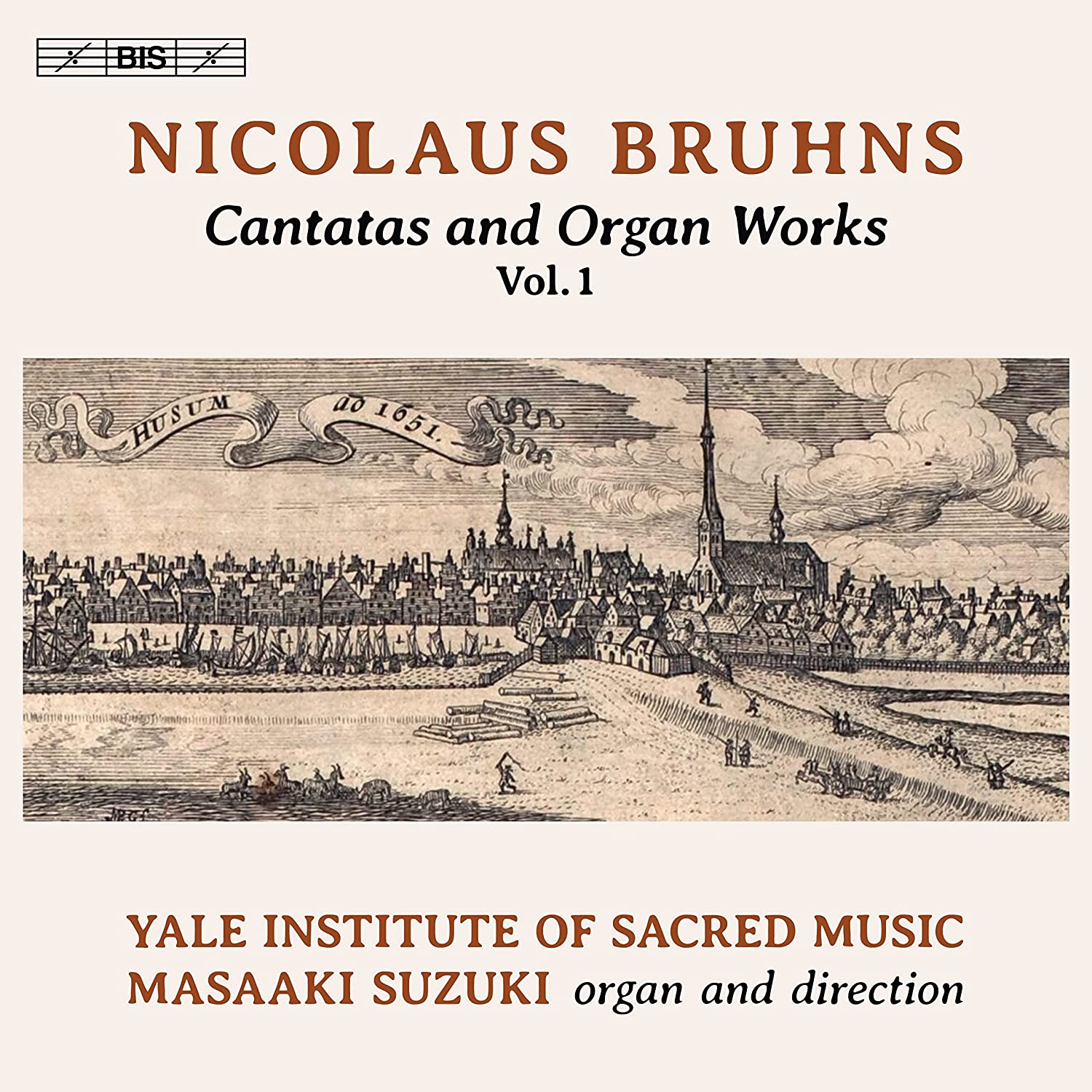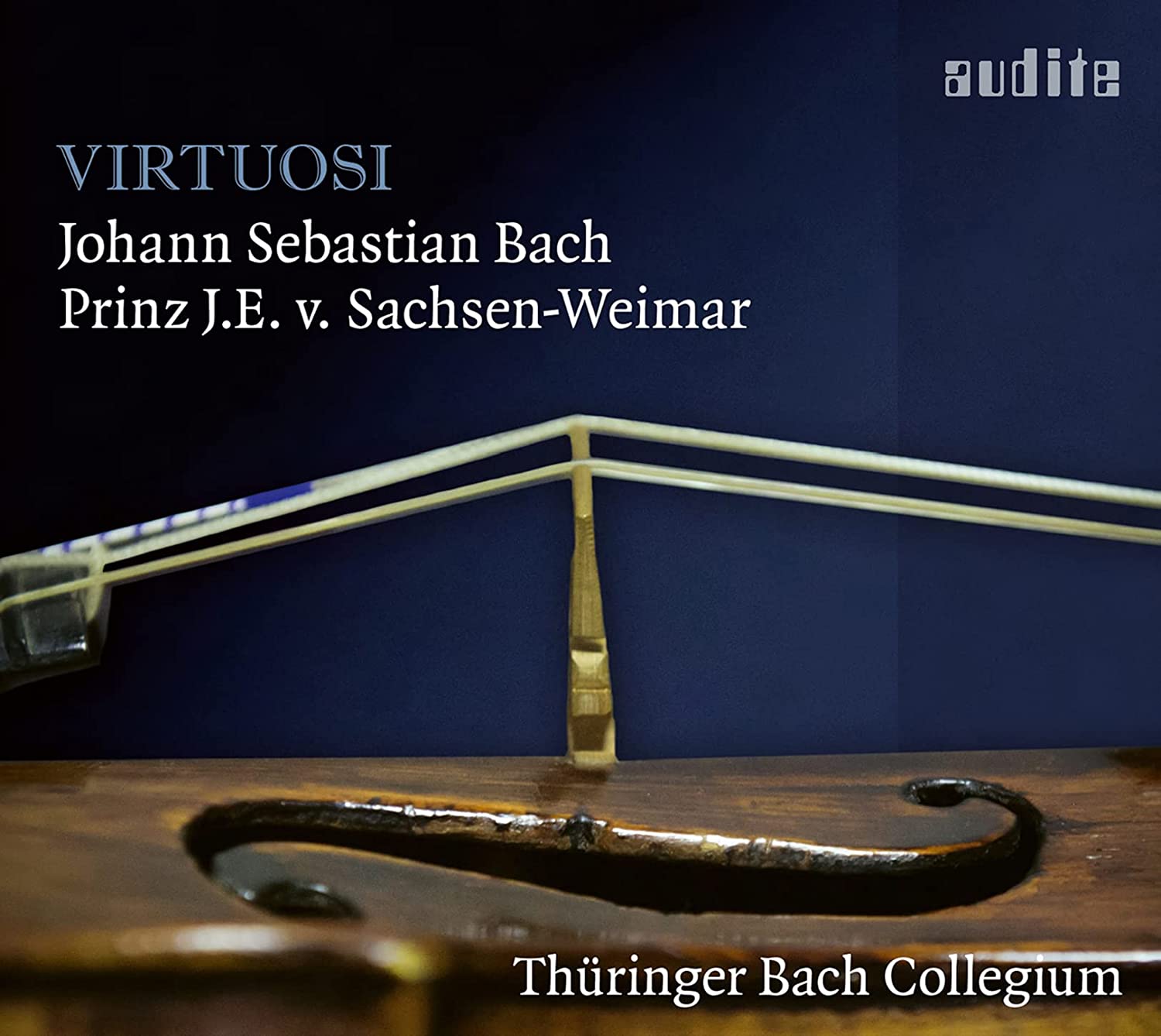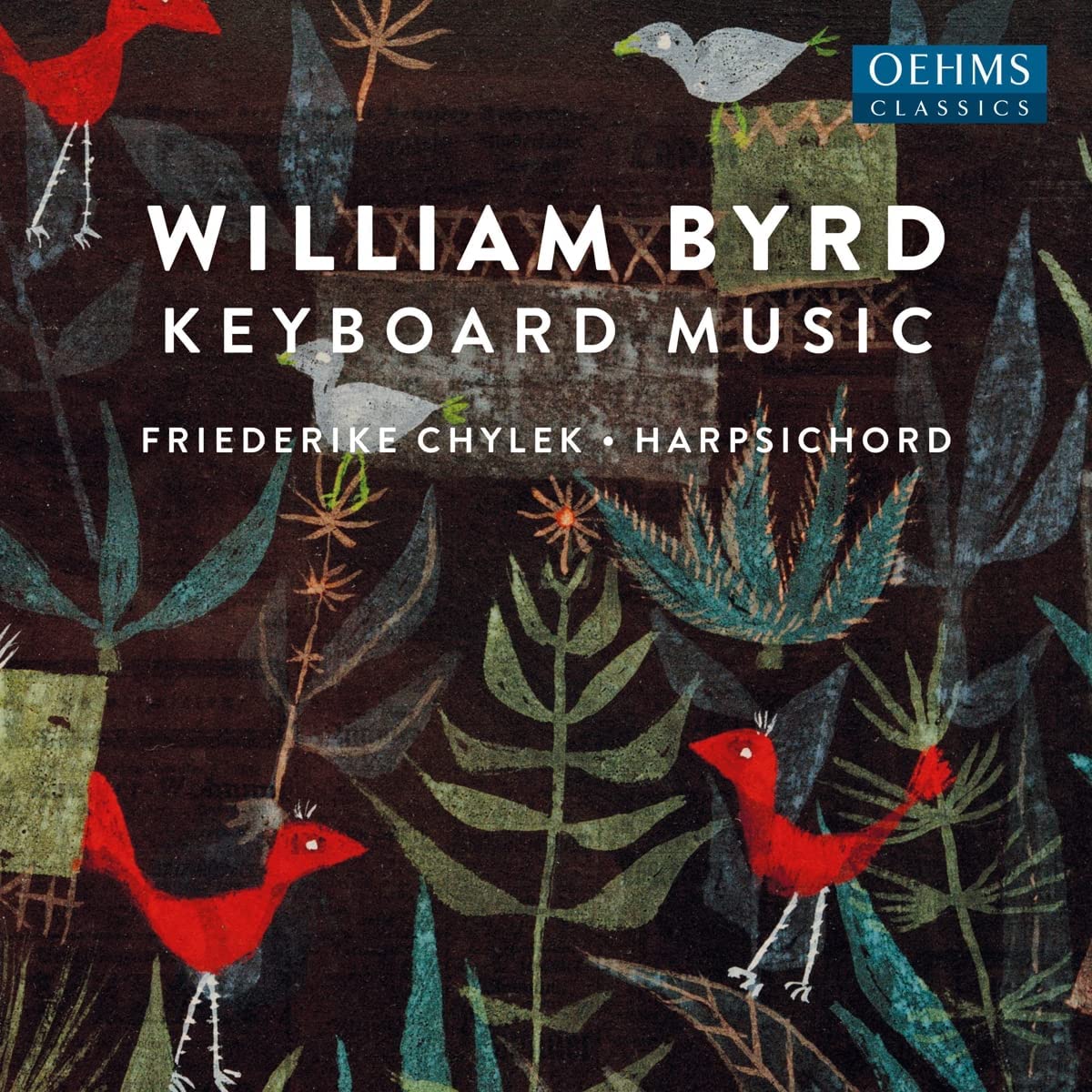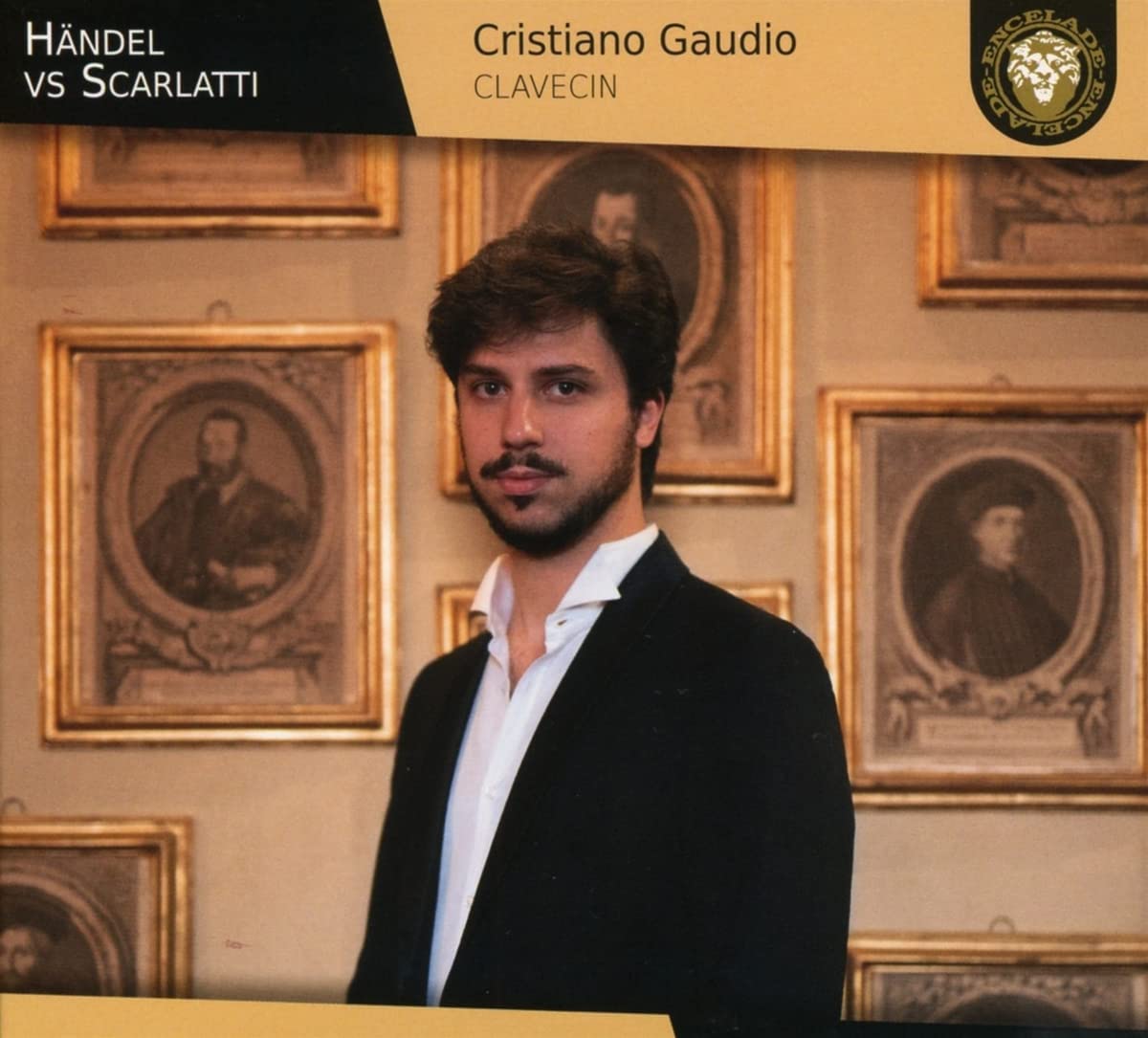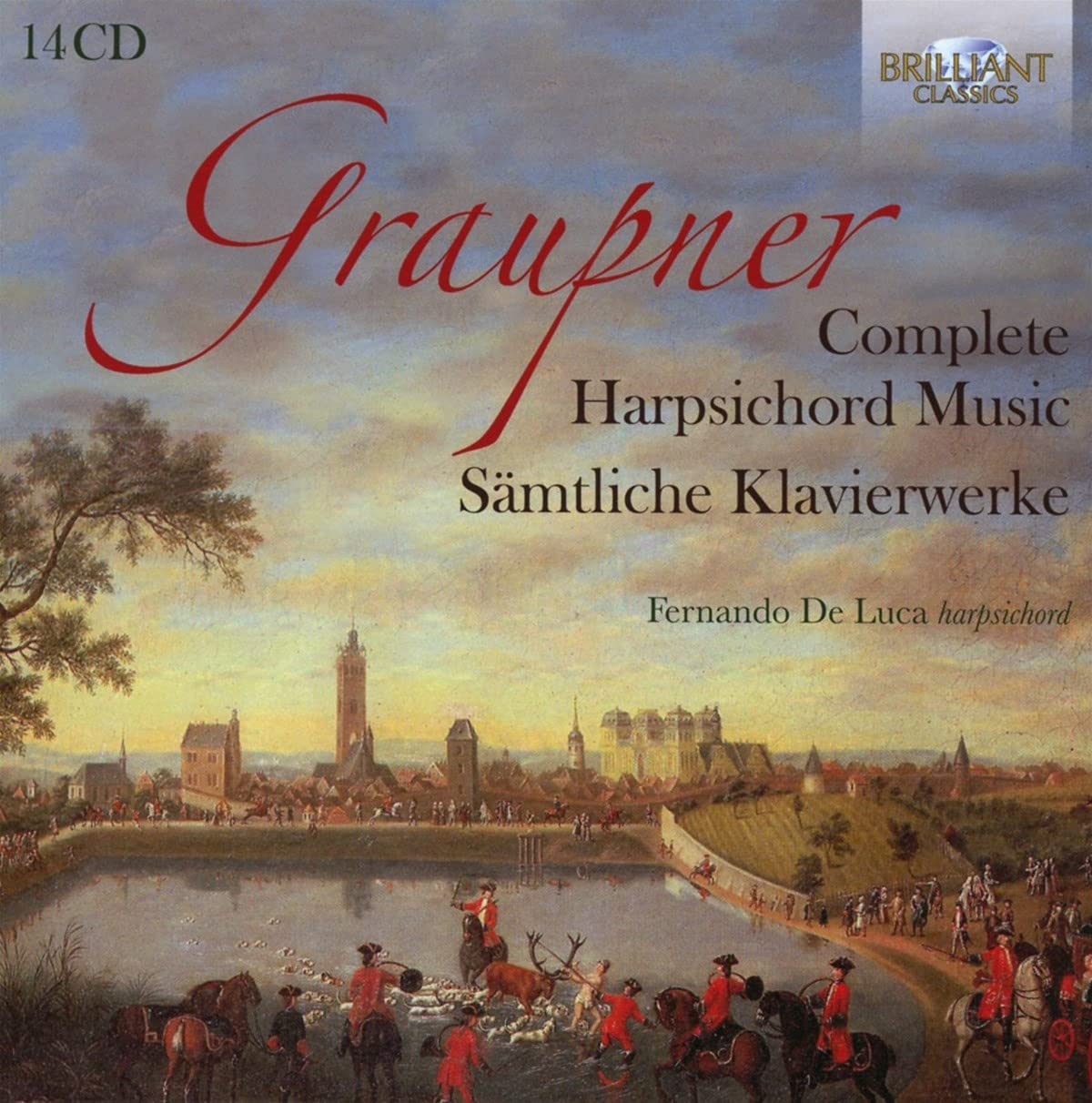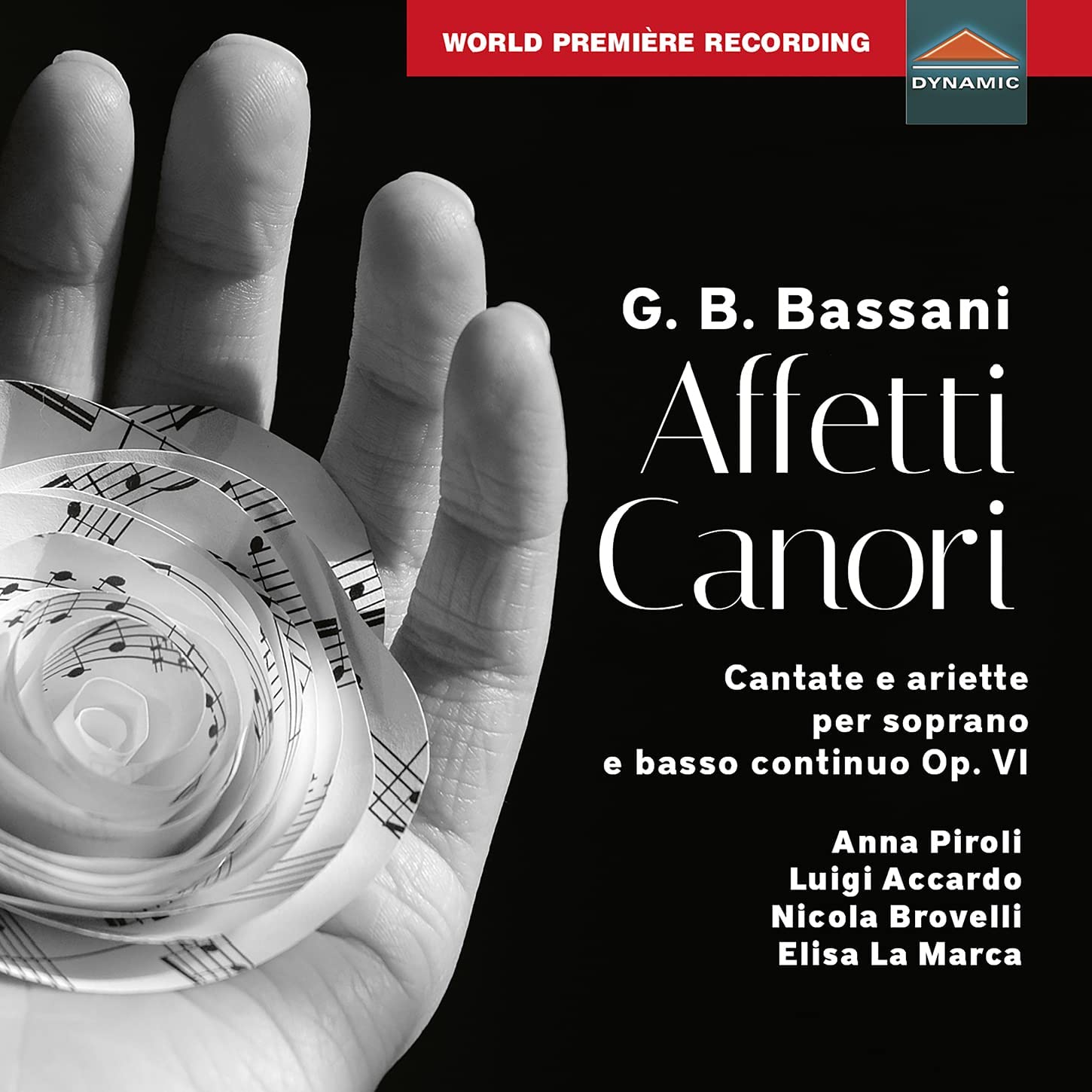Yale Institute of Sacred Music, Masaaki Suzuki
86:14
BIS 2271 SACD
Click HERE to buy this recording on amazon.co.uk
[These sponsored links are your only way to support this FREE site]
The prospect of all Bruhns’ surviving cantatas and organ works being recorded – and by such a good team – is very welcome. An additional bonus is that the recordings – or this first one at any rate – are made in the Marquand Chapel at Yale using the substantial Taylor and Boody organ there, built in 2007 and pitched at A=465Hz at a ¼ comma meantone tuning. This produces some delicious sounds, especially in the richly registered fantasia on Nun komm, der Heiden Heiland. It is a pity that we are not given the registrations – or have I missed a link to a website?
Suzuki’s team at Yale, where he was on the faculty from 2009 to 2013, includes an outstanding bass-baritone, capable of a wide range in De profundis, Paul Max Tipton. He is joined by two experienced tenors, Dann Coakwell and James Taylor, professor of voice at Yale: they are experienced in a wide range of music but – and I nearly wrote ‘therefore’ – do not have quite the same vocal purity and period style as Tipton. Nonetheless, together with one-to-a-part strings, two violins, two violas, two gambas and a continuo group of ‘cello, dulzian, theorbo and organ, the ensemble is excellent, and the clarity combined with the bloom of the YDS chapel’s acoustic gives a sheen as well as blend to this welcome CD.
Nicolaus Bruhns died young: he was 31. He had been a pupil of Buxtehude, and then was sent to Copenhagen, where he came into contact with Italian music and made a reputation as a virtuoso on the violin. He was famously able, according to Mattheson, to perform double-stopping on the violin while playing the bass line on the pedal organ. The solo cantata for bass, Mein Herz ist bereit, exhibits some of this remarkable violin writing, with double stopping suggesting more than the single violin that is scored.
While there are no discernable influences on Bach, his style – bridging the small-scale works of Schütz to the cantatas of the AlteBach-Archiv – marries the Italian concerto with the German choral tradition. These recordings were made in 2016-7, and there is a good liner note on the music by Markus Rathey.
I welcome this recording – over 80 minutes long! – and hope that the second volume appears soon. The more we understand the music of Germany in the final third of the 17th century and learn to appreciate its texture, the better we shall appreciate Bach; and the more likely we will be to make good decisions about performance practice.
David Stancliffe
